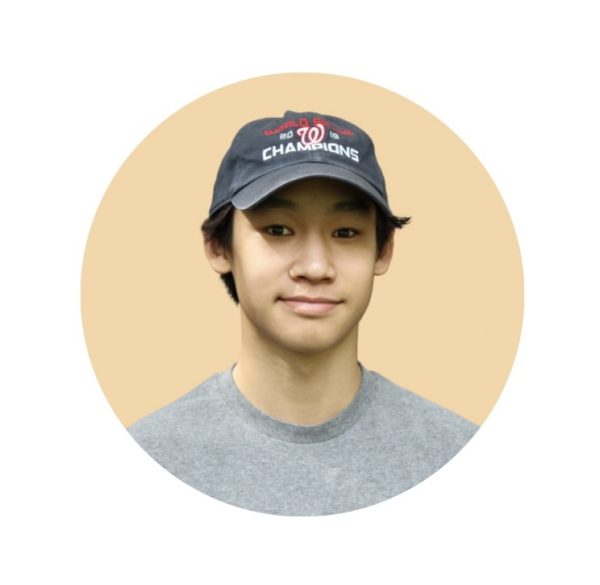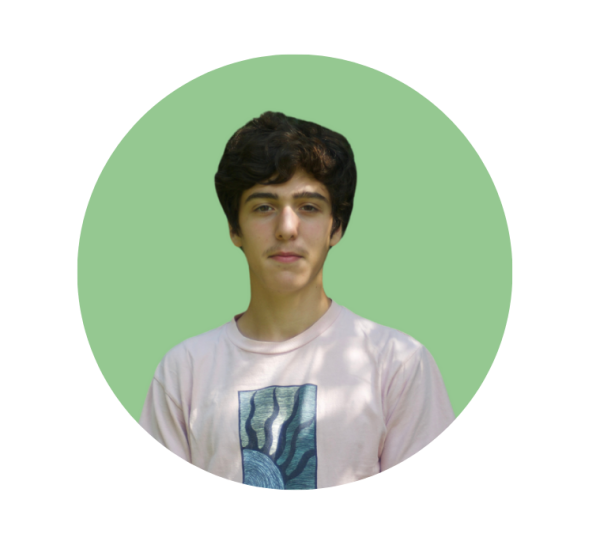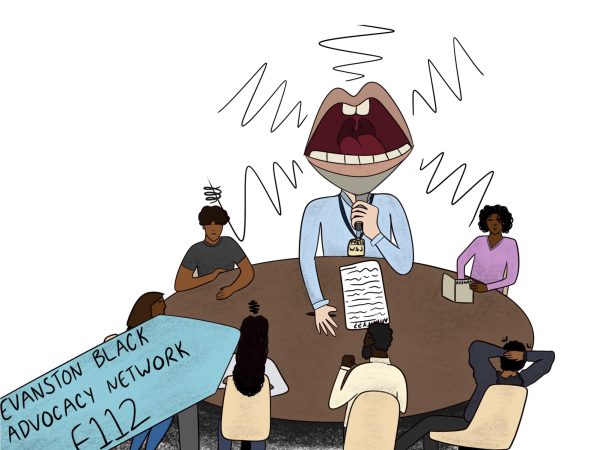Opinion | New COVID-19 restrictions don’t solve the problem
Since students came back to school on Jan. 10, many changes have been made at ETHS in an effort to stop the spread of COVID-19. Students have been expected to participate in COVID-19 spit tests weekly, and new measures have been put in place to prevent students from gathering in the hallways.
Although well-intentioned, these new measures have a lot of downsides, and many students have expressed frustration with the administration and the new protocols.
The first problem arises with the new weekly COVID-19 tests. To take the tests, several classes at a time gather in G175 during their P.E. block, and students are asked to sit next to each other and spit into tubes. There are multiple issues with this system, not the least of which being that the chairs in G175 are not socially distanced, even though students have to be unmasked for a considerable amount of time to take the tests.
“I hate the spit tests. If anything, it feels more dangerous because we’re all in a room, in close proximity, spitting. The school might as well give us the at-home testing kits,” says junior Avon Wright.
The close proximity is not the only problem with the newly implemented spit tests. In order to take the spit test, students cannot eat or drink for an hour beforehand. This leads to many students not being able to have an accurate test each week, either because they ignored the eating restrictions or because they simply forgot. The situation is almost worse for the students who do remember the restrictions, though. Many students have gym first period or directly after lunch, which leads to them skipping a meal in order to participate in the testing.
“I usually eat breakfast at 8:15 while I’m in the car. It would be starting at 8:30, so at the latest I would have to eat at 7:30, which was just too early,” says junior Noelle Spangler, who is still skipping breakfast on the days that she has testing. Spangler also says that she would often not eat anything until lunchtime, because teachers are not allowed to let people eat in class. “Because of the mask, you shouldn’t be eating in class. Teachers don’t want you taking your mask down.”
Furthermore, according to the National Library of Medicine, saliva tests have an 88 percent concordance with the nasopharyngeal tests. In other words, the nose-swab test is slightly more accurate than the saliva test. In addition, the saliva test also requires more precise instructions, such as with the amount of saliva collected, than the nasal swab test, which leaves a higher margin of error for the saliva tests. The saliva test overall creates more opportunities for tampering with, such as students being able to fill the tube with a liquid other than saliva. Instead, the nasal-swab test is something most students are familiar with and is generally more accurate than the saliva test.
Despite all the new restrictions, mask enforcement isn’t any better now than it was in December when Omicron ran through ETHS. Students often walk through the halls with their masks under their noses or even their chins. Security officers do reprimand the students who they identify as not following the protocol, but there aren’t enough security officers to keep eyes on all students in the hallways.
Teachers are supposed to talk to students who aren’t wearing masks and, on the second offense, teachers are supposed to call home. On the third offense, the student is supposed to be subjected to a referral and disciplinary action. However, many teachers turn a blind eye to those who wear their masks incorrectly, and many even wear them incorrectly themselves. Teachers as well as students need consequences for not enforcing mask guidelines and not wearing masks correctly.
“[Mask enforcement] completely depends on who your teacher is. Most teachers either don’t notice or don’t care,” says Spangler.
Even after being reprimanded, many students will take their masks down again as soon as teachers or staff can no longer see them. Many students, including Spangler, believe that mask enforcement is severely lacking. “I think they could make it stricter. Just saying, ‘wear your mask,’ no one’s going to do it.”
Your donation will support the student journalists of the Evanstonian. We are planning a big trip to the Journalism Educators Association conference in Philadelphia in November 2023, and any support will go towards making that trip a reality. Contributions will appear as a charge from SNOSite. Donations are NOT tax-deductible.






